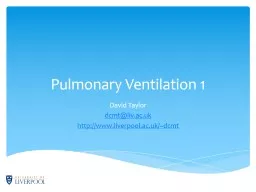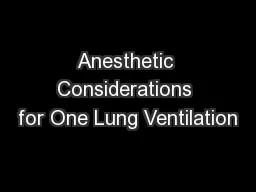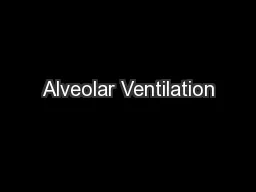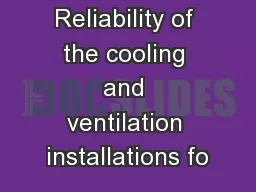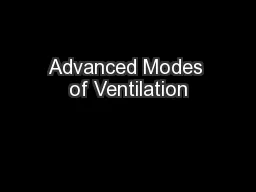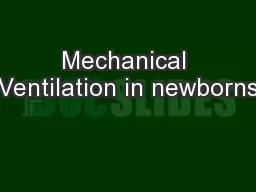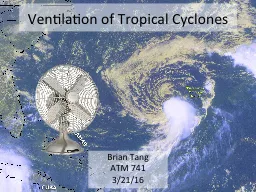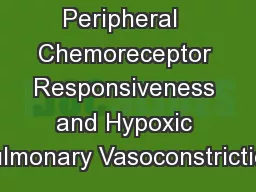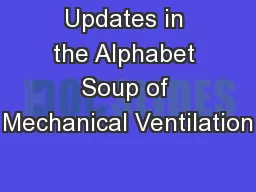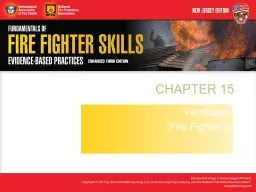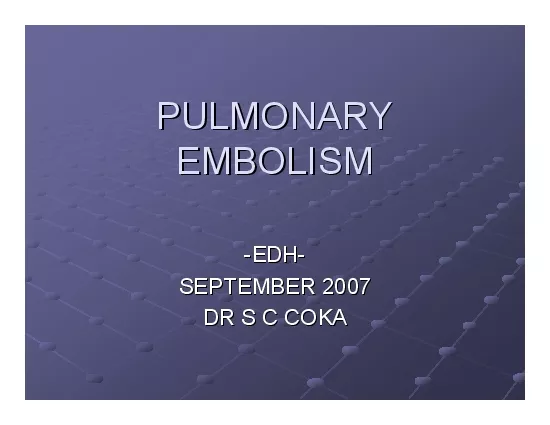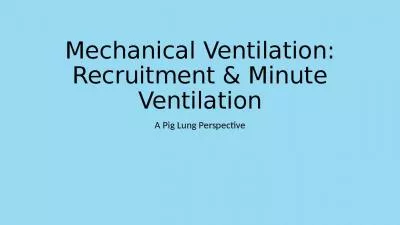PPT-Pulmonary Ventilation 1
Author : pasty-toler | Published Date : 2017-10-24
David Taylor dcmtlivacuk http wwwliverpoolacuk dcmt When you have worked through this you should be able to Describe the relationships between airflow pressure gradients
Presentation Embed Code
Download Presentation
Download Presentation The PPT/PDF document "Pulmonary Ventilation 1" is the property of its rightful owner. Permission is granted to download and print the materials on this website for personal, non-commercial use only, and to display it on your personal computer provided you do not modify the materials and that you retain all copyright notices contained in the materials. By downloading content from our website, you accept the terms of this agreement.
Pulmonary Ventilation 1: Transcript
Download Rules Of Document
"Pulmonary Ventilation 1"The content belongs to its owner. You may download and print it for personal use, without modification, and keep all copyright notices. By downloading, you agree to these terms.
Related Documents

